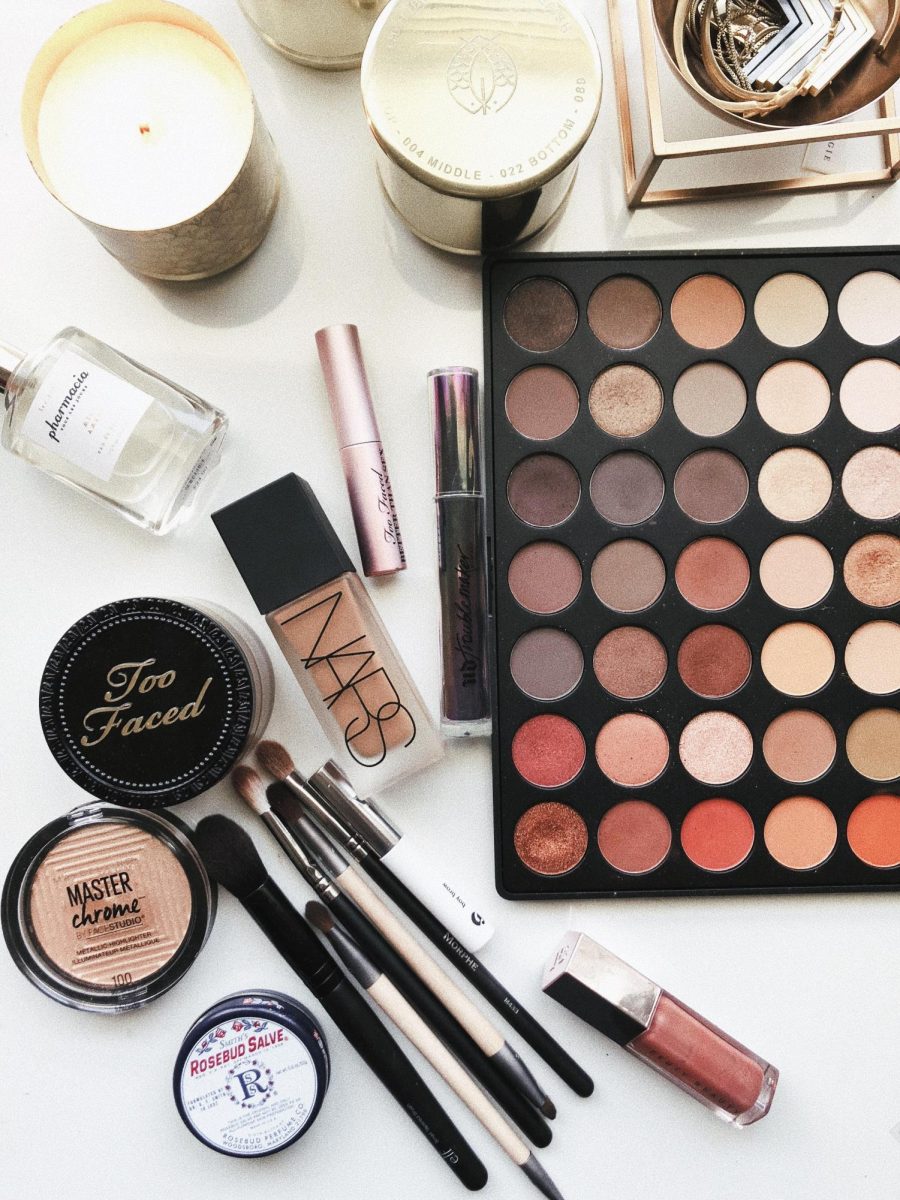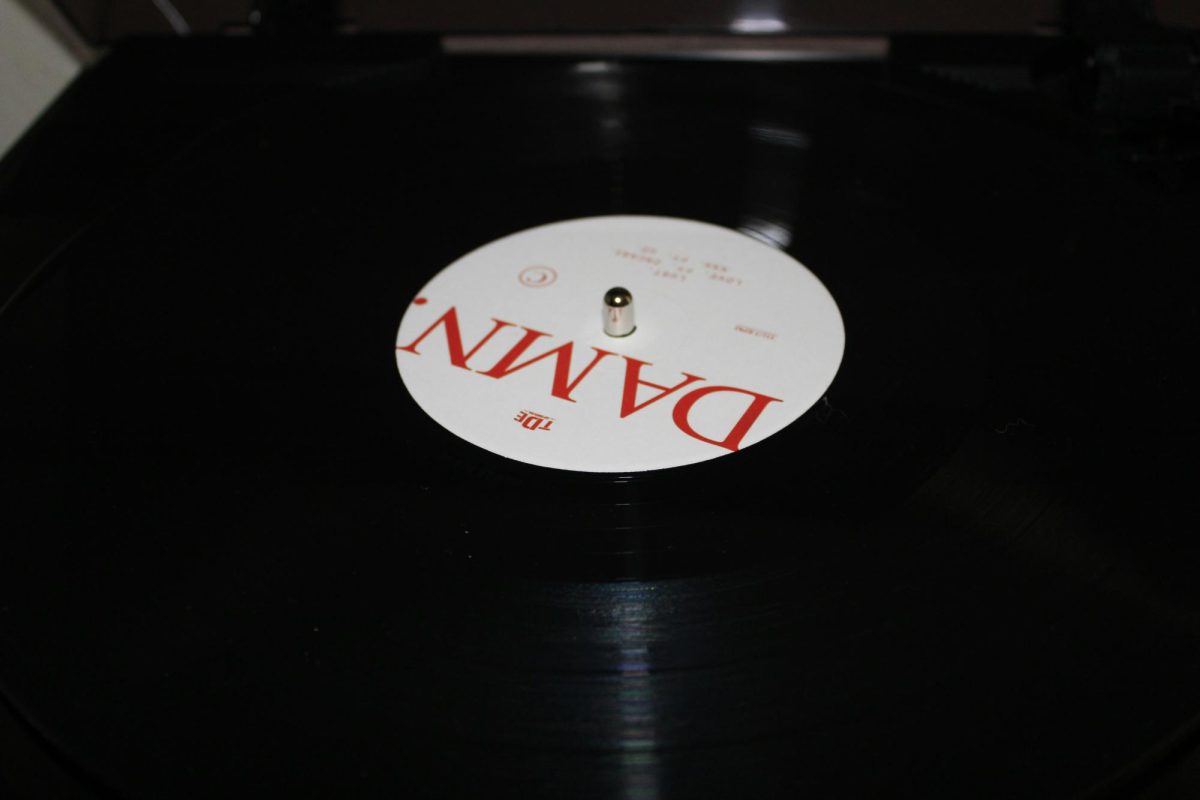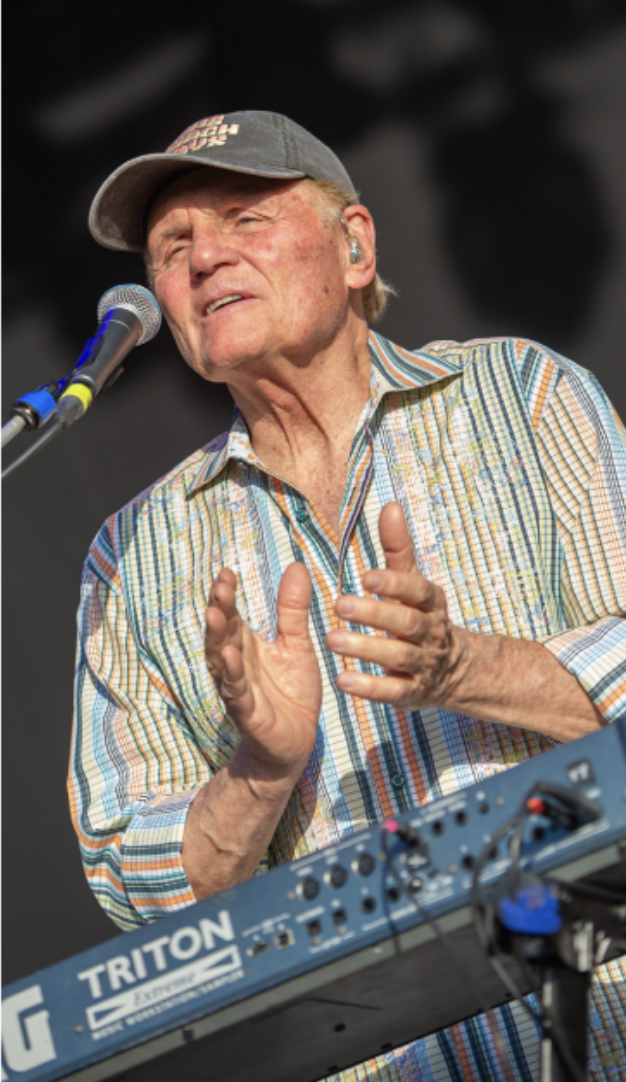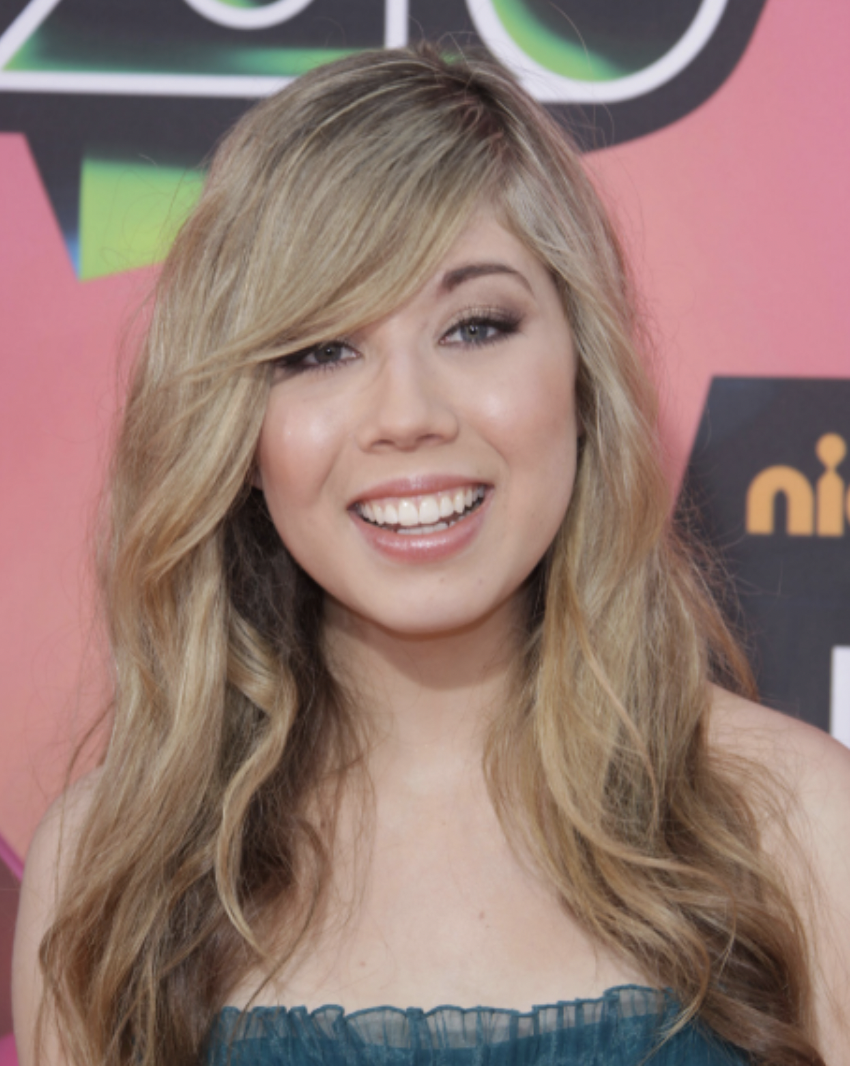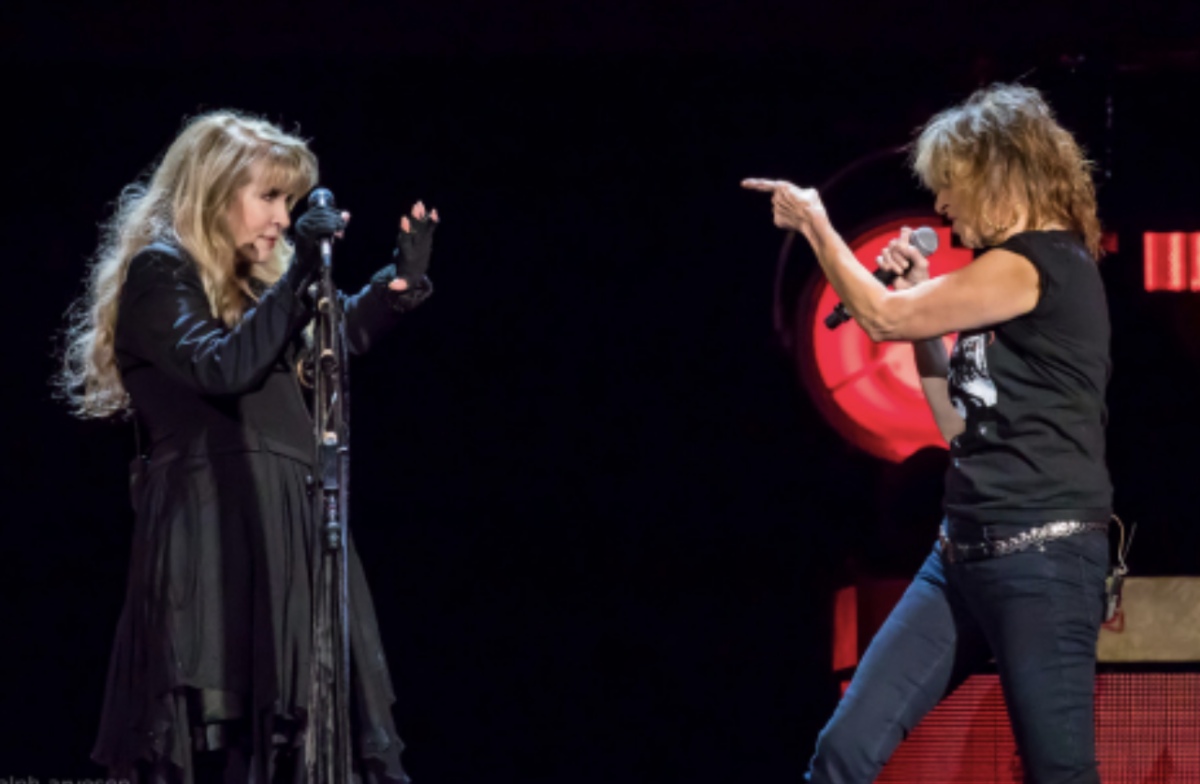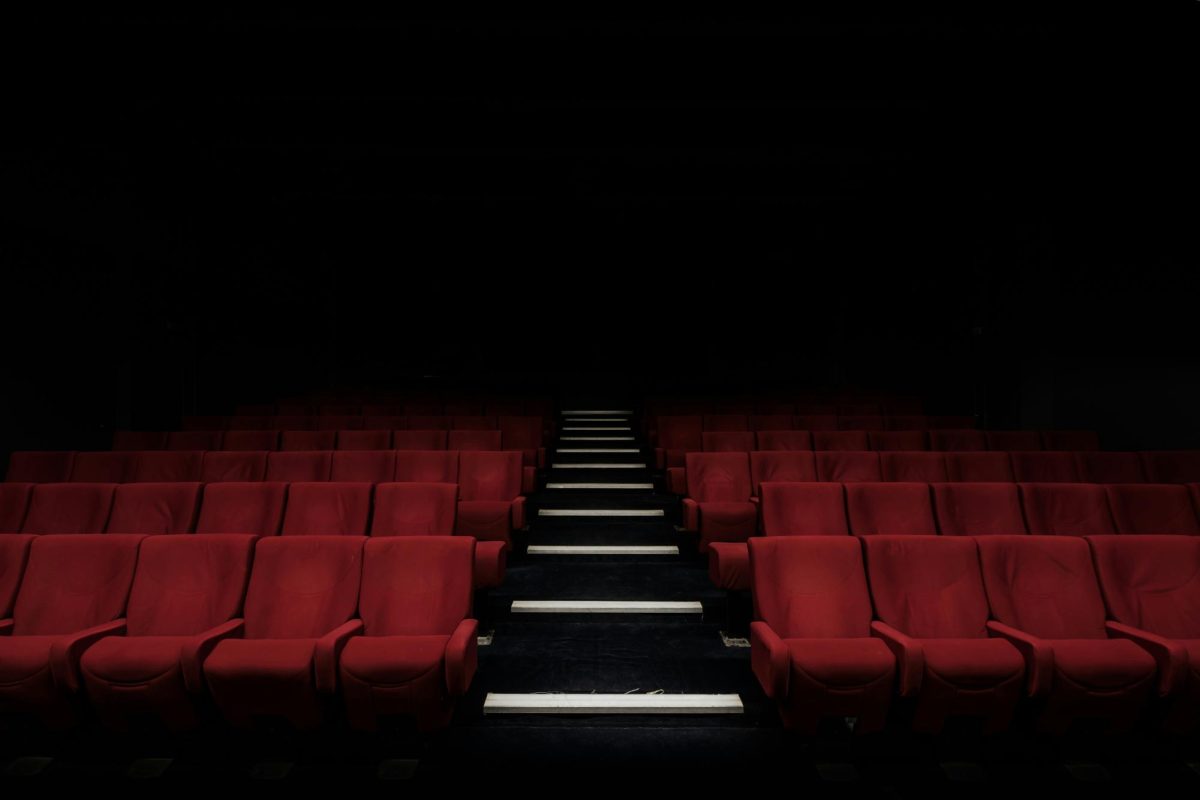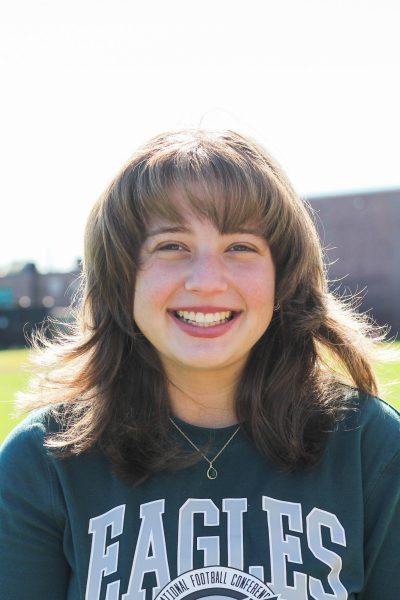Makeup is an art form that has evolved greatly since its origination in 3000 BC, allowing individuals to express themselves through originality. For centuries, makeup has been used to enhance features, be an expressive form and create confidence, but recent trends have transformed how makeup is applied.
The first Egyptian dynasty is the first group recorded to have used makeup and skincare products, according to Britannica. Cosmetics were an essential part of Egyptian culture with both men and women, especially in the upper class, to distinguish themselves from the lower class. Wealthy and royal Egyptians applied galena mesdemet, a blend of copper and lead ore, and malachite, a bright green copper mix, to add color and definition on their faces.
A major part of Egyptians’ makeup routines included using kohl, a mixture of burnt almonds, oxidized copper, different colored copper ores, lead, ash and ochre. Kohl, which appears in the cosmetics of many cultures, has a powder consistency and is applied using a small stick to outline the eyes in an almond shape.
Every woman in ancient Egypt carried their makeup in wooden boxes decorated with carved flowers and fruit and painted with blue pigment. The cosmetic boxes were divided into three sections, one large and two small, and a drawer at the end of the box. For easy access to makeup, women carried their cosmetic boxes everywhere.
Many other cultures’ styles of makeup exemplified a lot of the same techniques Egyptians had, using natural ingredients they found to change their look. A lot of women used different red berries or red clay for rouge to bring more color to their faces. Grecians, Chinese and Japanese women wanted pale powdery faces, so the Grecians used chalk or white lead while the Chinese and Japanese had rice powder. After years of research, the world now understands that being exposed to lead is poisonous, so anyone using lead makeup products were putting themselves in danger and potentially deadly situations.
Moving on almost 5,000 years to 1837, the beginning of the Victorian era, makeup drastically changed. Queen Victoria claimed that makeup was improper and only for actresses and prostitutes. Natural colors replaced the now frowned upon dramatic looks, so women tweezed their eyebrows, rubbed castor oil to their eyelashes, used clear pomade as lip gloss and applied rice powder to their noses. Women went even as far as pinching their cheeks to bring out more of their natural rose color.
Flappers entered the scene in the 1920s and their looks sparked a new fashion. Red lipstick and dark eyes spread throughout the world. Many women wore makeup to beat out men for jobs. Lips were shaped into a cupid’s bow and cheeks were over blushed. Mascara helped women achieve a fuller, darker eye look.
The 1950s initiated the modern era of makeup; more women focused on simple glamour, including stars such as Lucille Ball and Marilyn Monroe. The rise of television and radio ads introduced interest in more makeup brands like Revlon, Max Factor and Elizabeth Ardon.
Baby boomers came of age in the 1960s and the makeup scene was split in half. Many wore this style with pride, but others saw it as objectifying women. The 60s brought another movement of equality for all. Hippies took on a natural look with pastel colors and others used dark black and white for their eyes. They had high eyeliner and brushed matte cool shades on their eyes, but later on dark eyeshadow creases became widespread, with fake lashes becoming a staple.
Instead of being pale and dark, the 1970s introduced more bright colors and glam in their looks, leading the 1980s to have natural looks during the day and layered dark and bright colors at night. Smokey eyes and electric colors were inspired by Cyndi Lauper and Madonna.
The next era of makeup has changed year after year. The 2000s entered the thin eyebrow phase with glossy lips and bright shimmery eyeshadows. Just ten years later brown neutral colors became the go-to. Kylie Jenner’s lip kit became the biggest hit in 2010, adding deep contour and bronzer. The next big phase in 2016 convinced people to don thin line eyebrows, intense smoky eyes, matte lips, and heavy contour. Today in 2023 everyone has returned to a more natural glam, with bushy brows, glossy lips, dewy skin, and rosy cheeks.
Makeup captivates worlds of people, some have negative expectations of products hiding our imperfections and changing how we look, but makeup is what the user wants it to be. Using makeup gives people outlets, boosts confidence, and allows the world to see how it’s changing.



